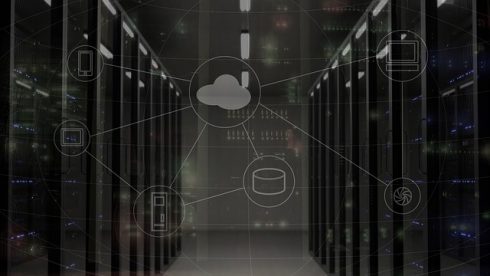
A large movie theater chain examines box office sales and discovers that a new romantic comedy isn’t doing as well as expected on its opening weekend. The chain knows from previous data analysis that, for whatever reason, Twizzler red licorice is a best-seller at the concession stands for fans of romantic comedies. So the chain launches a social media and email campaign offering a discount on red Twizzler. Voila! Box office receipts improve.
This is a great example of how traditional businesses can use digital technologies to interact with customers in new ways. And, as with the making of a movie, most of the important work happens behind the scenes, with automation software orchestrating the myriad business processes that comprise an application.
Automation for years has been the unsung hero of IT, working in the background to make sure applications are running as they’re supposed to and allowing staff to focus on higher value responsibilities rather than merely executing repetitive tasks.
Today, however, applications have become the face of organizations trying to extend their reach to an increasingly digitally savvy customer base. Unless they’re digital natives that built their business on the internet from scratch, companies face the challenge of evolving to a digital model without breaking what’s working, and while ensuring that applications are always available and constantly improving.
Enter a new generation of automation technology that introduces more intelligence to drive reliability and consistency in application development and production by being able to auto-detect and remediate issues both within the programmed applications and workflows, and within the automation system itself.
Artificial intelligence (AI) and machine learning now allow enterprises to correlate data and events in ways not thought possible just a few years ago. Using algorithms that connect instantly to thousands of external events and data sources, companies can automate everything from financial close processes to service desk requests, freeing up resources to focus on new strategic imperatives.
The latest intelligent automation platforms have a human-like ability to make proactive and predictive recommendations, based on past history and a range of real-time data. Their user interfaces are equipped with natural language understanding to enable high-level commands and responses.
The latest automation technologies also connect organizations’ DevOps tool chain and deliver self-service capabilities to developers, testers and business users. This means agile development teams can provision new test environments at the click of a button, which saves time and helps them focus on delivering more code instead of operational processes.
The new wave of intelligence automation also helps with performance by enabling automated remediation of performance trends before they become issues. These new systems can ingest huge amounts of data about automation workflows and then trigger self-healing capabilities or make recommendations to human administrators. The systems “self-optimize” over time, making them even smarter about optimizing particular environments.
Automation even helps with security by driving consistency, delivering automated audit trails and enabling security within development teams. This can enable better compliance with industry regulations, or automate security processes and deliver on the promise of DevSecOps.
Intelligent automation is especially important in the age of the Internet of Things, with smart sensors being embedded in just about everything. The latest technologies can perform analytics across a vast range of telemetry data and provide auto-remediation of the infrastructure and the applications that ride on top.
An interesting side benefit of intelligent automation is the creation of stronger partnerships between the line-of-business and IT functions. Much like DevOps has spurred greater collaboration between development and operational teams, smarter IT infrastructure makes it easier for people across the organization to work together to set budget, compliance, auditability and SLA targets. This is a major step forward in business efficiency.
Being able to declaratively state the business constraints and objectives allows the automation systems to implement and maintain best practices processes and keep these consistent across various parts of the organization.
The kind of computer intelligence provided by the latest automation software may have once seemed like the stuff of science fiction movies, but these capabilities are here and are an enormous boon to companies’ digital transformation efforts.








